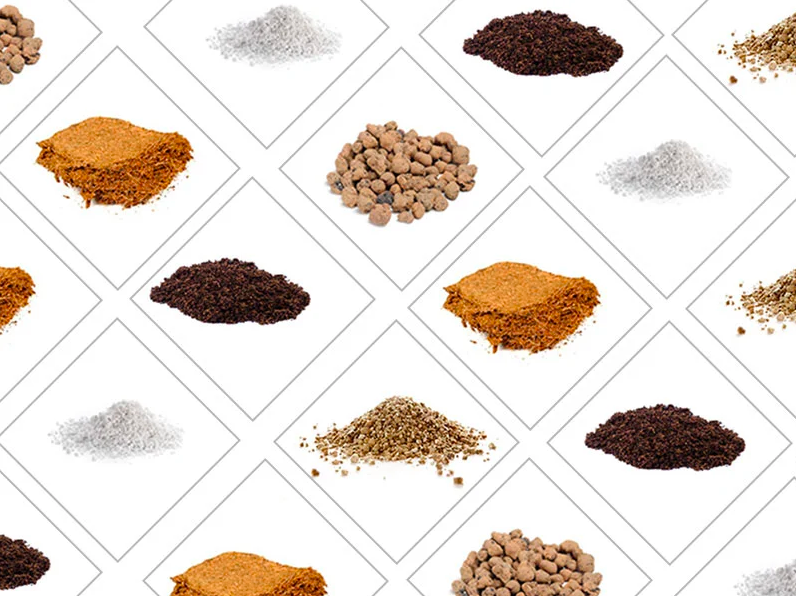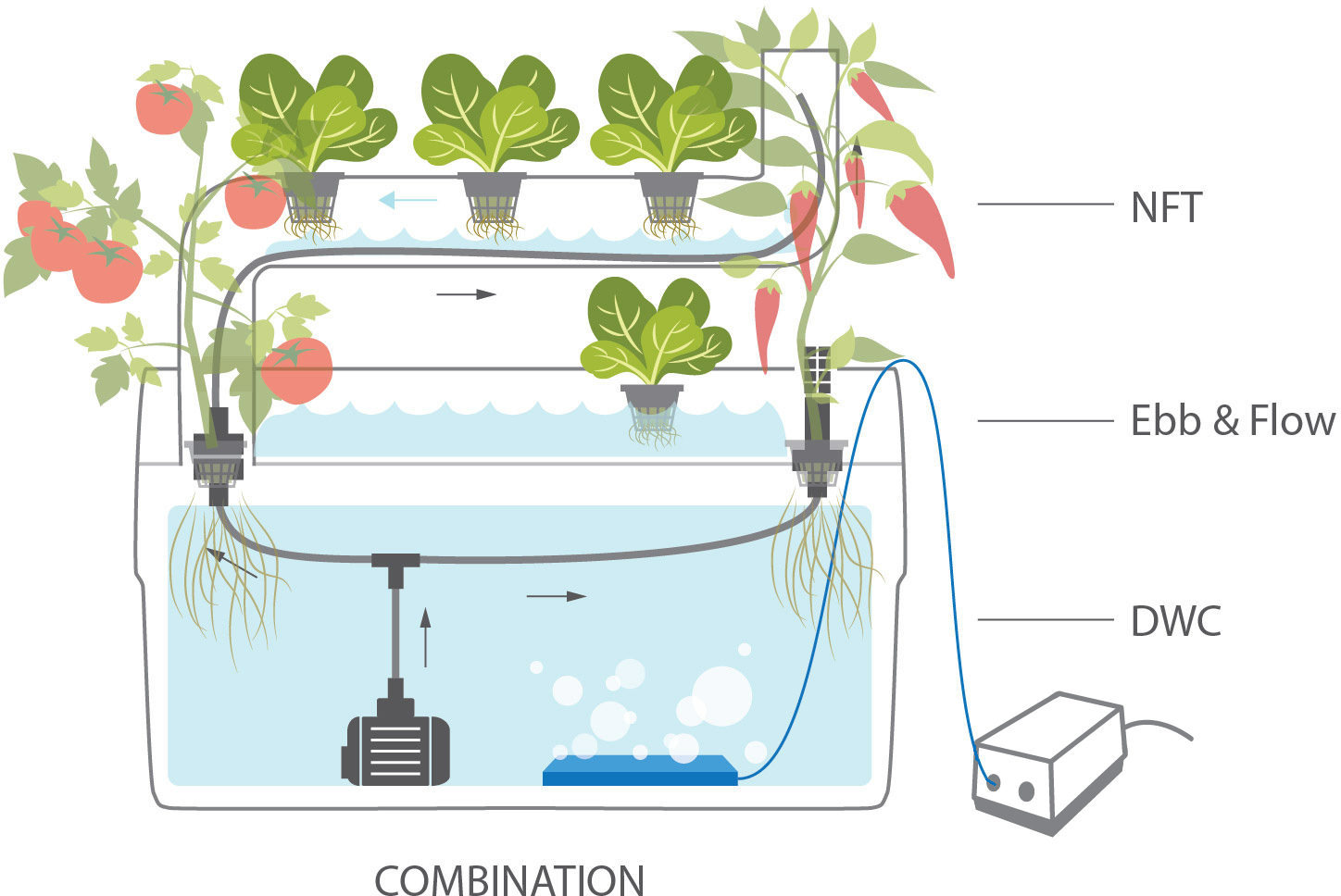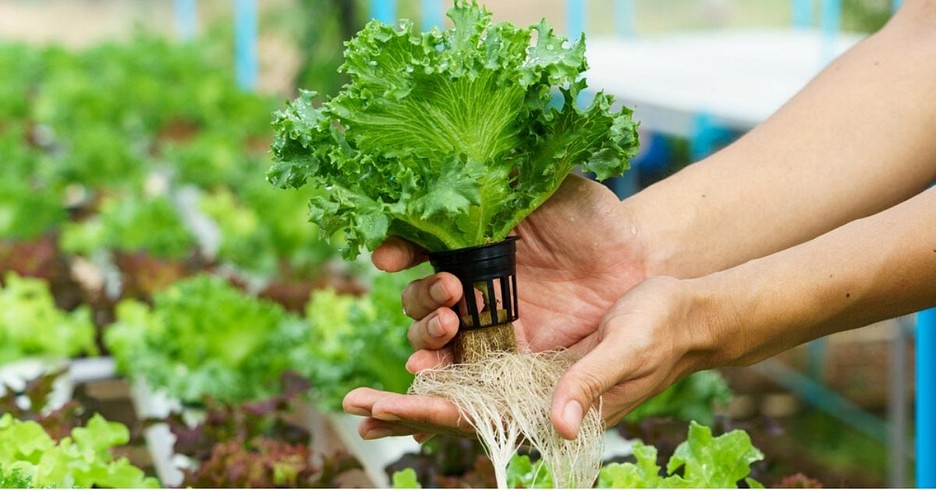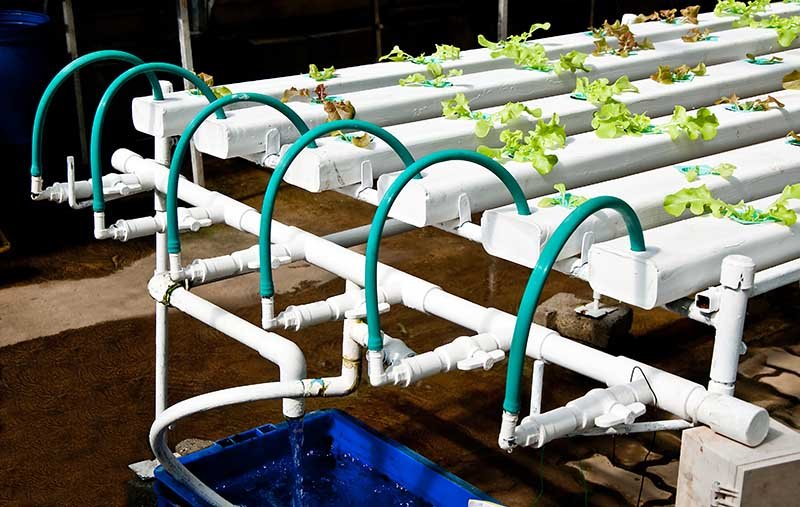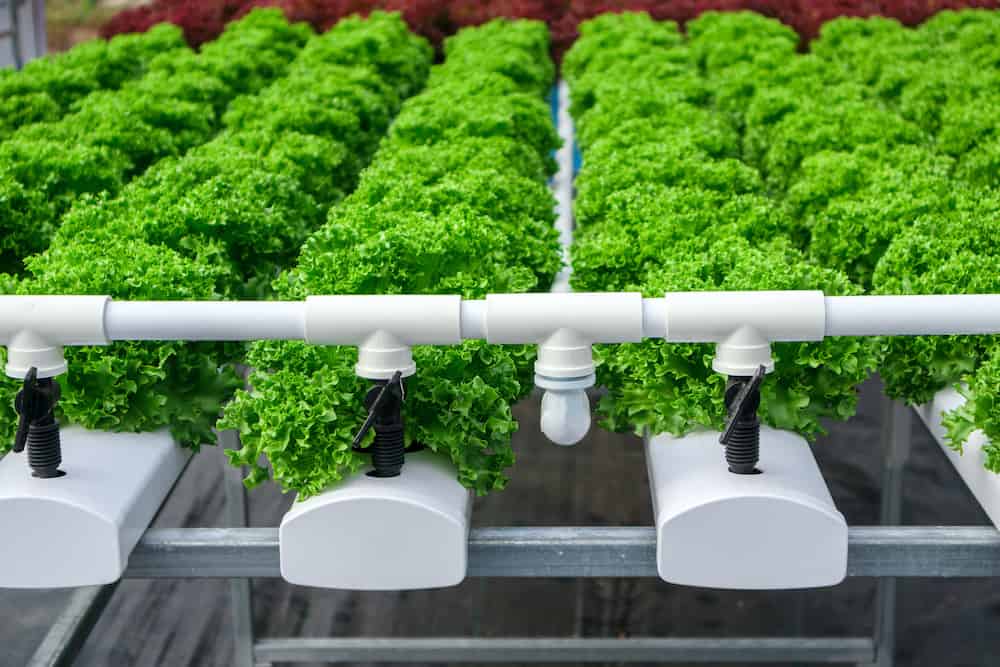We occasionally recommend products we love and might be paid a share of the sale.
Hydroponics and getting into such farming are not going to be easy. For the majority of us who have grown up knowing that you need soil to effectively grow plants, hydroponics uses a completely different medium of growth. Instead of soil, hydroponics is grown using water, nutrients, and an essential growing medium. This means that you need to master this form of agriculture before you consider starting growing plants using this method.
Instead of soil, hydroponics makes use of the water to supply the plants with the necessary hydration, nutrients, and the growth factors it needs for optimal growth without any stopping. While most people have this ideology that the development of science and technology has paved way for this type of farming, that isn’t the case at all. The use of hydroponics goes back thousands of years, especially with the Hanging Gardens of Babylon which uses the same principle.
However, this concept of farming and agriculture is still a fairly new concept to thousands of people across the world. And, we are here to discuss the best hydroponic system, how they work, and the advantages and disadvantages of using them.
What is a Hydroponic System?
In simple words, the hydroponic system promotes the growth of plants using water instead of soil, like we normally would know about. These are primarily used for growing smaller plants like flowering plants, herbs, and vegetables using an inert medium with water in it. The water is integrated with the required oxygen and nutrients to support the faster yield and growth of the plants.
Much like with soil where the plant’s roots get their nutrition from, with a hydroponic system, the roots of the plants are exposed to the required nutrients for easy navigation and growth of plants without any further complications. Since the plant’s roots are directly exposed to water and nutrients, it expedites the process of growth and absorption, reflecting in healthier leaves and the appearance of the hydroponic system.
Although several people are sceptical about the use of the hydroponic system as a mode of plant growth, it is quite effective and to promotes faster growth with minimal damage.
What are the elements involved in a Hydroponic system?
If you are considering starting your hydroponic system at home, there are a few things you need to be mindful of. Before anything, make sure you look out for the components that you’d need to initially set up your hydroponic system. This is where the primary game starts at. If you don’t have all the components, you will end up not witnessing the optimal growth of the plants.
Following are some of the crucial components that you’d need:
-
Growing media
With hydroponic systems, you’d think that the first thing we’d talk about is the water. While that is true, the growing media of the system is equally important. They are grown in inert media that can hold down on the plant’s weight and the root structure.
Unlike the soil that provides independent nutrition to the plants, a growing media in a hydroponic system ensures that the plant doesn’t dry out and retains as much moisture as it needs. The composition of the growing media is dependent on the kind of plant that you are growing in the hydroponic system.
Some growing media have an acidic pH while some have an alkaline pH with additional nutrients to support a better and faster yield of the plants. So, if you want to get started, get your hands on the growing media first.
-
Air stones and pumps
The next thing on the list of requirements is the air stones and air pumps. These are used to aerate the plants and ensure they don’t drown or get damaged due to prolonged exposure to water and the nutrients involved. The air stones function by emitting bubbles of dissolved oxygen into the growing media to ensure that the plants have enough oxygenation in the water for optimal growth.
However, the air stones cannot generate oxygen on their own, which is where the air pumps come in. You will generally find the best air pump for hydroponics in the aquariums but they work well with hydroponic systems too.
-
Net pots
If you are well-versed with hydroponics and how they work, you’d know what a net pot is. If not, they are the mesh planters that hold your hydroponic plants in place. Since they feature a mesh material, they provide the root of the plants to grow out of the side to ensure faster and uninterrupted growth.
The exposure of the roots directly from the mesh material allows it to extract maximum oxygen and nutrients from the growing media.
What are the different types of Hydroponic systems?
Despite the idea being the same, there are a few different types of hydroponic systems that you should be aware of. We are going to discuss the top six variants, enabling you to choose for yourself.
-
Deep water culture systems
The first and the most common type of hydroponic system is the deep water culture system. They involve the suspension of the plants in aerated water. If you are a beginner and you want to start with something economical and easy, this is your best bet.
These are designed with the net pots filled with the plant and root intact and the same is exposed to the aerated water which is rich in oxygen. Since the roots are submerged in the deep nutrient water, it becomes a lot easier for the nutrition to seep into the plants without any hassle.
-
Wick systems
The next on the list is the wick systems that have the plants nestled together on a tray which is then placed over the top of a reservoir. The reservoir is one filled with water integrated with all the essential nutrients. The water and the nutrients flow up the wick into the growing tray, enabling your plants to grow without any obstructions.
In short, wick systems use the famous capillary action to draw in the nutrients and the needed oxygenation for the plants to grow and flourish. Compared to the other systems, wick systems do work a lot slower. So, if you aren’t a patient grower, we’d recommend trying some of the other types.
-
Nutrient film technique system
NFT system makes the plant stick on top of a consistently flowing nutrient solution. These come in contact with the plant’s root system, enabling optimal nutrient and moisture transfer for faster growth of the plants. The water in the reservoir or the nutrient solution is consistently being aerated using an air stone and air pump.
The only difference with NFT systems is that the plants aren’t submerged in the nutrient solution. Instead, they are placed with a tilt and the nutrient-rich solution is passed over the tips of the root to allow faster growth. They are primarily used in commercial hydroponic systems.
-
Ebb and flow systems
Although not the most popular, they are quite useful in growing unique types of plants that you normally wouldn’t expect to grow in a hydroponic system. This involves placing the plants over a grow bed with a reservoir underneath it. The reservoir is fitted with a submersible pump which functions with the use of a timer.
The abundance of oxygen and nutrients in this system makes it ideal for growing your plants easily and a lot faster as opposed to the other hydroponic systems. Also, this technique is very versatile and works for any kind of plant that you want to work with. The entire setup is customizable as well.
-
Drip systems
Last on the list are the drip systems. This involves a complicated tubing system wherein the plants are fed using a nutrient-rich solution via the reservoirs. This nutrient-rich solution is carefully and slowly dripped into the growing media around the root system to encourage quicker growth of the plants.
However, the one downside to the drip systems is that they require very close monitoring. You need to keep an eye out on the growth of the plants, the pH of the solution, etc.
FAQs
How does hydroponics get nutrients?
Unlike normal gardening where the soil is the source of moisture and nutrients, with hydroponic systems, the water media acts as the nutrient reservoir. The roots are submerged or exposed to this growing media that allows them to get the nutrients.
Is it expensive to set up a hydroponic system?
If you buy a kit from the market, the entire setup might cost you a little out of budget. However, there are several DIY methods available online that cut down the cost by a lot.
What are the downsides to hydroponics?
Hydroponics might seem exciting at first but they aren’t economical. They also require very close monitoring so you need to keep an eye out on them now and then, which can be hectic.
What is hydroponic gardening?
In simple words, hydroponic gardening is a method of growing plants without using soil. In hydroponic gardening, the main element is the water and it works by delivering nutrients to the plant roots. To grow hydroponic plants, you need water, sunlight, carbon dioxide, and nutrients.
What is the purpose of hydroponics?
Farmers opt for hydroponics so that they can skip the soil, and use water to support the roots of the plant. They use nutrient-rich water to grow the plants.
What is a deep water culture system?
It is the most common type of hydroponic system. This system includes the suspension of plants in aerated water. In this system, you use pots filled with the plant and root intact, which is then exposed to nutrient-rich water. The roots are submerged in the aerated water, which makes it easier for the plants to absorb nutrition without any hassles.
What are the different hydroponic systems?
There are different types of hydroponics systems used by farmers. The most popular ones are Drip systems, Ebb and flow systems, Nutrient film technique systems, Deepwater culture systems, and Wick systems. These systems don’t use soil. Instead, they use nutrient-rich water to grow plants.
Conclusion
Hydroponic systems are a trending way of growing plants. Not only is the process exciting, but it also requires a lot of hard work as well. Just ensure that you follow the right tricks, consult a professional, if needed to set things up the right way.
I’m an avid gardener and cannabis enthusiast. You can usually find me in my garden caring for my plants or at my computer crafting helpful blogs for my readers.
Contents



